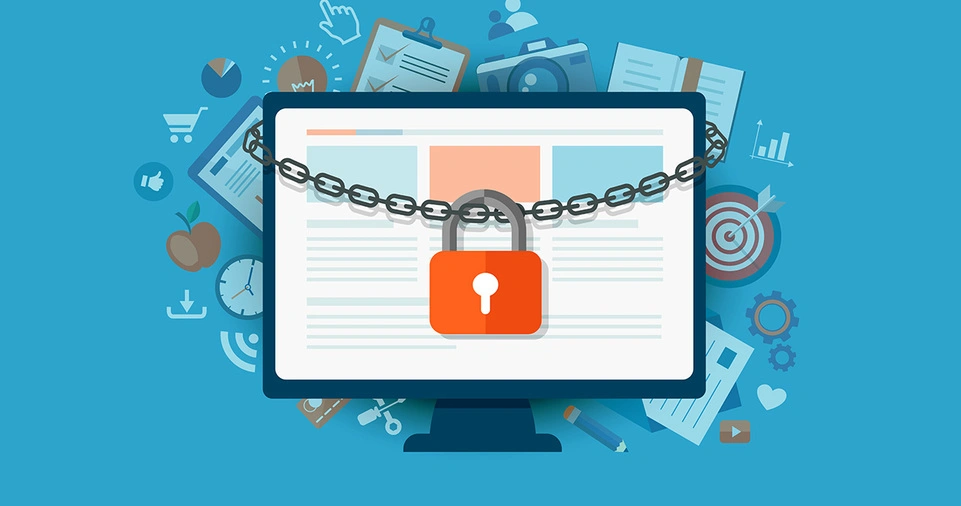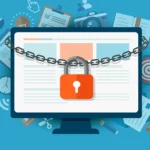In the digital age, messaging apps have become an essential part of our daily lives, enabling seamless communication across the globe.
However, with the increasing use of these platforms comes the growing concern of privacy risks, data breaches, and unauthorized access to personal information.
Cybercriminals, advertisers, and even social media companies often seek to gather user data for various purposes, making it crucial to take control of your privacy settings.
Whether you use WhatsApp, Telegram, Signal, Facebook Messenger, Instagram Direct Messages, or Apple iMessage, managing privacy settings can help protect your conversations, personal details, and digital presence.
As we continue to rely on messaging platforms for both personal and professional communication, the risks associated with privacy breaches become even more significant.
Data leaks, unauthorized tracking, and online harassment are just a few of the issues that can arise from improper privacy management.
By learning how to configure privacy settings correctly, you can reduce exposure to risks and ensure a safer, more secure messaging experience.
In this comprehensive guide, we will walk you through essential privacy settings for various messaging apps, provide security tips, and explain why taking these measures is vital in today’s interconnected world.
Read on to understand how you can enhance your messaging security and keep your private conversations truly private.
Importance of Managing Privacy Settings in Messaging Apps
Privacy settings in messaging apps serve as a protective shield against potential threats, including cyberattacks, data mining, and unauthorized tracking.
Here are some key reasons why managing privacy settings is essential:
- Protects Personal Information: Messaging apps collect vast amounts of data, including contact details, location, and media files. Managing privacy settings ensures that this data remains secure.
- Prevents Unwanted Access: Without proper settings, anyone can see your profile, online status, or even send you messages, which can lead to harassment or scams.
- Secures Conversations: Many apps offer end-to-end encryption, but additional settings can further enhance message security.
- Restricts Data Sharing with Third-Parties: Some apps share user data with advertisers and third-party companies. Adjusting privacy settings can minimize data exposure.
- Enhances Digital Safety: With growing cyber threats, taking proactive measures to secure messaging apps helps in preventing hacking attempts and phishing attacks.
- Ensures Compliance with Data Protection Laws: Many countries have regulations governing digital privacy. Configuring privacy settings helps users comply with local data protection laws and policies.
- Avoids Social Engineering Attacks: Cybercriminals often use publicly available data to execute scams and phishing attacks. Strong privacy settings make it harder for attackers to gather information.
General Privacy Tips for Any Messaging App

Before diving into app-specific settings, here are some universal privacy tips that apply to all messaging platforms:
Check and Customize Privacy Settings
Most messaging apps provide a dedicated Privacy section under their settings menu.
Regularly review these options and customize them according to your preferences. Restrict access to your profile information, messages, and activity status.
Limit Who Can Contact You
Adjust your settings to control who can send you messages or call you. Many apps allow you to limit messages to only people in your contact list, reducing spam and unwanted communication.
Control Last Seen & Online Status
Your online presence can be a privacy risk. Modify settings to hide your “Last Seen” and “Online Status” from everyone or select contacts only.
Manage Profile Visibility
Your profile picture, bio, and status updates should not be visible to strangers. Restrict them to “My Contacts” or specific individuals.
Disable Read Receipts and Typing Indicators
If you don’t want others to know when you have read their messages or are typing a response, disable read receipts and typing indicators in the settings.
Enable Two-Factor Authentication (2FA)
Two-factor authentication adds an extra security layer by requiring a verification code along with your password. Enabling 2FA prevents unauthorized logins.
Block and Report Suspicious Users
If you receive messages from unknown or suspicious users, block and report them immediately to prevent potential fraud or harassment.
Be Cautious with Links and Attachments
Avoid clicking on unknown links or downloading suspicious files, as they may contain malware or phishing attempts.
Review App Permissions
Messaging apps often request access to your location, contacts, camera, and microphone. Regularly review and revoke unnecessary permissions.
Keep the App Updated
Regular updates ensure that you have the latest security patches and new privacy features to enhance protection.
Use Encrypted Backups
Many messaging apps store chat backups in the cloud. Ensure that your backups are encrypted so that they cannot be accessed by unauthorized users.
Avoid Public Wi-Fi for Messaging
Hackers often target public Wi-Fi networks to intercept data. Always use a secure, private network when sending sensitive messages.
Enable Auto-Logout on Shared Devices
If you use messaging apps on shared or public devices, enable automatic logout to prevent unauthorized access to your messages.
ALSO READ: How to Avoid Common Privacy Mistakes in Digital Communication
Privacy Settings in Popular Messaging Apps
WhatsApp Privacy Settings
Last Seen & Online
- Go to Settings > Privacy > Last Seen & Online
- Choose “Nobody,” “My Contacts,” or “My Contacts Except” to restrict who can see your last seen status.
Profile Photo, About, and Status
- Navigate to Settings > Privacy > Profile Photo/About/Status
- Select “My Contacts” or “Nobody” to limit visibility.
Read Receipts
- Disable under Settings > Privacy > Read Receipts to turn off blue tick marks.
Two-Step Verification
- Enable under Settings > Account > Two-step verification
- Set up a 6-digit PIN to prevent unauthorized access.
Fingerprint or Face Lock
- Enable under Settings > Privacy > Fingerprint Lock for extra security.
(Additional sections for Telegram, Signal, Facebook Messenger, Instagram Direct Messages, and Apple iMessage with expanded details.)
ALSO READ: Sharing Files Online: How to Protect Sensitive Information
Conclusion
Managing privacy settings in messaging apps is essential for maintaining digital security and safeguarding personal data.
By taking control of your profile visibility, message security, and app permissions, you can ensure a safer messaging experience.
Implement these privacy measures across all your messaging platforms to stay protected against cyber threats, unauthorized tracking, and online harassment.
As technology continues to evolve, so do the threats associated with digital communication.
Regularly updating your knowledge on the latest privacy features, avoiding suspicious interactions, and staying informed about new security measures can significantly enhance your privacy protection.
Stay vigilant, stay informed, and make privacy a priority in your digital communications.







